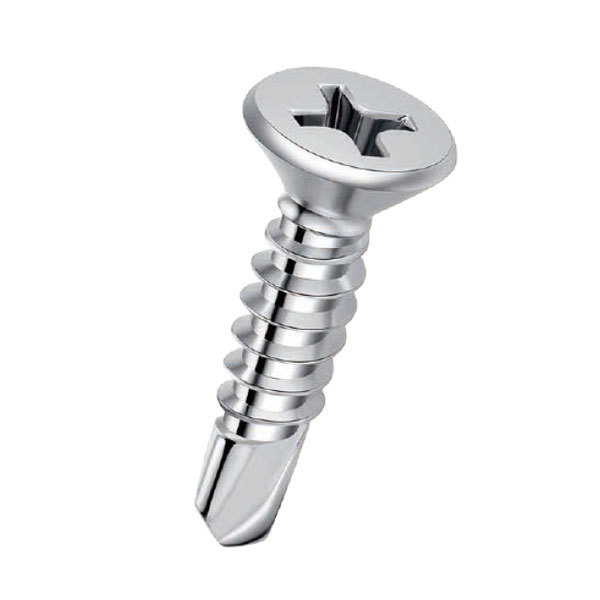Causes of Drywall Screw Pops and How to Prevent Them
Understanding Drywall Screw Pops Causes and Solutions
If you've ever noticed unsightly bumps on your drywall surface, commonly referred to as screw pops, you're not alone. These imperfections occur when screws that secure the drywall to the studs begin to protrude from the surface, creating an uneven appearance that can be quite frustrating for homeowners. In this article, we will delve into the causes of drywall screw pops and explore potential solutions to prevent and fix this common issue.
What Are Screw Pops?
Screw pops occur when the head of a drywall screw pushes through the surface of the drywall. This can happen for a variety of reasons, but it typically manifests as a small, raised bump on the wall. While screw pops are generally not a structural concern, they can detract from the aesthetic quality of your walls and require attention before painting or finishing work can be completed.
Common Causes of Screw Pops
1. Movement of the House Structure One of the primary reasons for screw pops is the natural movement of a house as it settles. As a home ages, the materials may shift slightly due to changes in temperature and humidity, which can cause drywall screws to loosen and subsequently pop out.
2. Improper Installation In some cases, screw pops can occur due to improper installation techniques. If screws are overdriven, they can break through the paper face of the drywall, leading to a greater likelihood of popping. Additionally, if screws are spaced too far apart or not fastened into the studs properly, this can heighten the risk of screw pops developing over time.
3. Moisture and Humidity Changes Variations in moisture levels can also contribute to screw pops. High humidity can cause the drywall to expand, putting pressure on the screws and causing them to pop out. Conversely, when the air becomes dry, the drywall may contract, which can exacerbate the loosening of screws.
4. Inadequate Fastening If the drywall was not securely fastened to the studs, screws can easily work their way loose over time. This can be due to either using insufficient screws or not driving them in deep enough.
5. Temperature Fluctuations Changes in temperature can lead to the expansion and contraction of construction materials. If the drywall and the framing members respond differently to temperature changes, this can result in stress on the screws and lead to popping.
drywall screw pops causes factory

How to Fix Screw Pops
If you are experiencing screw pops in your drywall, don’t fret; they can be repaired fairly easily. Here’s a step-by-step guide to address the issue
1. Identify the Affected Areas Inspect your walls for any visible screw pops. Mark these spots for easy reference.
2. Recess the Screws Use a screwdriver or drill to recess the screw slightly below the surface of the drywall. Be cautious not to overdrive the screw, as this can create additional problems.
3. Apply Joint Compound After recessing the screw, apply joint compound over the area to fill in the indent. Smooth the compound out with a putty knife, feathering the edges to blend with the surrounding drywall.
4. Sand and Paint Once the joint compound is dry, sand the area smooth and paint over it to match the rest of your wall. Ensure you use a primer if necessary.
5. Prevent Future Issues To help prevent screw pops from reoccurring, consider using higher-quality screws, ensuring correct spacing, and monitoring the humidity levels in your home.
Conclusion
Screw pops can be an annoying aspect of maintaining a home, but understanding their causes can help you address the problem effectively. By identifying the reasons behind screw pops and following the appropriate steps for repair, you can restore the smooth, flawless appearance of your drywall. Regular maintenance and preventive measures will go a long way in keeping your walls looking pristine, allowing you to enjoy your living space with confidence.
-
Top Choices for Plasterboard FixingNewsDec.26,2024
-
The Versatility of Specialty WashersNewsDec.26,2024
-
Secure Your ProjectsNewsDec.26,2024
-
Essential Screws for Chipboard Flooring ProjectsNewsDec.26,2024
-
Choosing the Right Drywall ScrewsNewsDec.26,2024
-
Black Phosphate Screws for Superior PerformanceNewsDec.26,2024
-
The Versatile Choice of Nylon Flat Washers for Your NeedsNewsDec.18,2024










